|
A few years ago I reviewed Hess Select Cabernet Sauvignon 2015 and Pinot Noir 2016. They were impressive wines with a lot of character at a very friendly price! So, I was delighted to receive new vintage releases of these memorable wines. For those of you who may have missed my story on Hess wines, here is a quick recap. Donald Hess is the founder of Hess Wines, a family-owned, fifth-generation company in Napa Valley, CA. In the 1970s, Donald made a business trip to Napa Valley and it was during this visit that he took an interest in mountain winegrowing. He learned that the Mount Veeder mountain vineyards were an ideal area for growing grapes, which produce unique character and flavor due to the microclimate and soils. In 1978 Donald made his first land purchase on Mount Veeder, a property in which winemaking and farming go back as far as 1876. This property is now the site of the Hess Collection Winery. By 1982, Donald had acquired 900 acres and in 1986 he opened the Hess Collection Winery to the public. Dave Guffy became Director of Winemaking in 1999 and Donald formally retired in 2011, passing on the baton to son-in-law Timothy Persson as CEO and daughter Sabrina, the fifth generation of the Hess family. Hess Wines focuses on sustainable farming practices and state of the art winemaking. In addition to its mountain vineyards, Hess Wines has estate vineyards in areas such as Pope Valley and near the Carneros region of the Napa Valley. They also produce wine in Argentina and South Africa. Hess Select Central Coast Pinot Noir 2018 The grapes for this 100% Pinot Noir are harvested from the Sarmento Vineyard in the Santa Lucia Highlands region of the Central Coast. Sarmento Vineyard is located on the benchlands of the Gabilan Mountains in Monterey, where the Pacific breezes cross the range each afternoon to cool the vineyards, resulting in extended ripening over a long, moderate growing season. (Benchland is a thin stretch of level ground at the foot of slopes or mountains.) Aging of this wine took place in French oak for up to 12 months. It opens with alluring aromas of berries, cherry, spice and vanilla. The palate offers lush layers of dark cherry, dark plum, raspberry and a lingering hint of baking spice and cherry. A beautiful marriage of silky tannins and acidity complete this irresistible Pinot Noir. Pair with grilled meat, fish, light pasta and appetizers. Alcohol: 14.5% SRP: $19 Hess Select North Coast Cabernet Sauvignon 2017 This is a blend of 79% Cabernet Sauvignon, 8% Petite Sirah, 7% Malbec, 5% Merlot and 1% Syrah. The grapes are harvested from the North Coast, which is known for its mild Mediterranean climate and well-drained volcanic and gravelly soils. These prime vineyard sites produce flavorful fruit with layers of natural acidity and balanced tannins. This wine is aged in 27% new French and American oak for 18 months. It has succulent aromas of dark berries, cherry, spice and earth. Mouthwatering flavors of rich dark fruit highlighted by plum and blackberry blend with spice, vanilla, clove and cocoa that linger on the palate. Pair this wine with grilled meat, BBQ fare, hearty fish, pasta and pizza. Alcohol: 13.5% SRP: $19 Both wines are perfect for year-round pouring and will pair beautifully with a myriad of cuisine!
Until next time… Cheers! Penina To leave a comment or if you have an inquiry, please contact me at [email protected] There is a rumor circulating that I’ve been having an ongoing love affair with Sicily. I must confess it is true and it can be confirmed by all the stories I’ve written about this magical island throughout the past several years. The wines of Sicily never cease to impress me. And the fiery passion and pride of the vineyard owners and winemakers are awe-inspiring. Sicily is the second-largest wine-producing region in Italy with Puglia being first. However, Sicily takes first place for the actual number of vineyards in a region and with so many wineries spread throughout the island, exploration is endless. Since travel is on the back burner for now, my visits to Sicily for the foreseeable future will be through the amazing wine samples that I receive. My latest wine delivery is Mandrarossa, a brand created by Cantine Settesoli located in Menfi, on the southwestern side of the island. Cantine Settesoli was founded in 1958 and is the largest winery in Sicily. It is a source of ongoing research and innovative ideas. I had the pleasure of visiting the estate and tasting an array of wines from their portfolio a few years ago. However, I didn’t have a chance to taste Mandrarossa wines. So, I was quite excited to open these bottles. Mandrarossa is Settesoli’s top brand and it emerged in 1999 after an ambitious team of industry experts got together and spent over 20 years in a mission to create high-quality wines of both indigenous and international varieties from Sicily. Their goal was to “produce wines that represent the true essence of the territories they come from.” They spent years studying soils and microclimatic conditions that eventually led to identifying top estates (the ideal habitat) with the best variety/terroir combinations for allowing each grape variety to fully express its potential. “Since 2014 an international team of agronomists and soil experts, together with Mandrarossa enologists, have carried out a scientific study on limestone soils and this has defined them a micro-region with a high-quality potential. The mapping of these soils has revealed wonderful vineyards where it is possible to grow local grapes generating wines such as “Bertolino Soprano” and “Terre del Sommacco”, the new wines of Mandrarossa Contrada.” Mandrarossa vineyards stretch across these limestone soils on intense sun-soaked slopes with cool sea breezes. These factors contribute to the authentic expression of the terroir. Grillo (white) and Nero d’Avola, (red) are indigenous grapes of Sicily. Nero d’Avola (Calabrese) is considered the number one Sicilian red and has been enjoyed since the end of the 17th century. It is one of the oldest indigenous grapes of Sicily and the most widely planted red variety. Nero d’Avola fills approximately 18% of vineyards. Grillo, one of Sicily’s best-known grapes, is found throughout western Sicily and is noted for its citrus flavors, sweetness and mild acidity. Due to the grape’s high sugar levels, it is ideal for the production of fortified wines. Historically, Grillo was used in the production of Marsala wine but Catarratto has now taken the lead. And due to the innovation of new winemakers, Grillo has a wide range of styles, from crisp and savory, to structured and mature. It is interesting to note that in 1848 Grillo became a hybrid of Zbibbo and Catarratto. Bertolino Soprano Grillo Sicilia DOC 2017 The grapes for this 100% Grillo are sourced from vineyards along the southwest facing hills of Menfi at 482 feet above sea level. Sea breezes and limestone soils contribute to the character and uniqueness of this wine. After fermentation, the wine ages for one month in steel and concrete vats. Further aging of 11 months takes place in large oak barrels. Engaging aromas of floral, stone fruit and delicate citrus notes set the stage for this crisp, fruit-driven wine. The palate offers fresh stone fruit with an emphasis on peach, including notes of citrus and minerality. It has a lengthy finish with a lingering touch of lemon and peach. Enjoy as an aperitif or pair with appetizers, grilled fish, light pasta and vegetables. Alcohol: 12.5% SRP: $42.99 Terre Del Sommacco Sicilia DOC 2016 This is 100% Nero d’Avola with grapes sourced from limestone vineyards along the southwest facing hills of Menfi, 1,017 feet above sea level. This wine is aged for eight months in steel and concrete vats followed by 19 months in large barrels. A minimum of eight months is spent in bottle before release. On the nose, it is very aromatic with dark fruit, black cherry, baking spice and a hint of herbs. The palate is layered with juicy ripe berries, plum, black cherry, spice and a touch of earth. This is nicely structured with fine tannins and refreshing acidity. It will pair beautifully with roasted meat, game, stews and seared tuna. Alcohol: 14% SRP: $49.99 Both wines are a beautiful expression of the wine-growing area of southwestern Sicily. Curious as to how the pandemic and global warming may have impacted production, Filippo Buttafuoco, chief agronomist at Mandrarossa responded to my inquiry. “In Sicily, we haven’t faced major problems with global warming. We are fortunate to have a regular climatic trend and fresh sea breezes that ensure minerality, freshness and correct development of the grapes’ production.” “COVID-19 has had no real effects on the vineyards; nature has not stopped. Our winegrowers continue to take care of the plants and in about 20 days we will start a harvest that promises to be extraordinary.” As you can see by the photo, all precautions are taken and masks are mandatory, even in the vineyards. I look forward to the day that I’m allowed to travel again. I can’t wait to return to Sicily and be swept away by this captivating island!
Until next time… Cheers! Penina To leave a comment or if you have an inquiry, please contact me at [email protected] It’s summer and weather permitting, spending time outdoors is heavenly after sheltering in place for so many months. Reading a good book, gardening, playing lawn games, swimming or chilling with family and close friends is just what we need. For many of us, our backyards are where we will be spending our summer vacation. So, let’s make the most of it! Whether you’re firing up the grill or cooking indoors, here are some lovely red wines to sip while dining. In warm weather, one tends to reach for chilled white, rose or sparkling wines. I’ve never thought of wine as seasonal and tend to drink a variety of styles all year long. And, sipping red wine with grilled steak or seared tuna during the summer months is more than acceptable and shouldn’t be dismissed! These are five note-worthy and summer-friendly red wines to satisfy your palate. Fontanafredda Briccotondo Barbera Piemonte DOC 2018 Fontanafredda, whose origins date back to 1858, is a 305-acre estate located in the Langhe region of Piedmont, Italy. 250 acres of vineyards spread throughout Serralunga d’Alba, which is a cru site of Barolo. Additional properties are situated in the communes of Barolo and Diano d’Alba. Fontanafredda is the largest contiguous wine estate in the Langhe. In 2009, Piedmont native Oscar Farinetti bought Fontanafredda and with this new ownership, sustainability became a special focus. Today, Fontanafredda is the largest certified organic company in Piedmont, beginning with the 2018 harvest. This is 100% Barbera harvested from vineyards across Monferrato and Langhe. It is aged partly in new Allier oak barrels and partly in large Slavonian oak casks for six months. Perfume scents mingle with dark berries, plum, cherry and spice. These aromas segue onto the palate with sweet blackberries, sour cherry, pepper, anise and a hint of baking spice. Supple tannins and bright acidity make this wine an easy-drinking addition to grilled meat, fowl, cheese and pizza! Alcohol: 13.5% SRP: $16 Bottega Vinaia Pinot Noir Trentino DOC 2017 Anselmo Martini is the lead winemaker for Cavit Winery located in northern Italy, in the province of Trentino. They have been producing wines for more than 50 years. In the 1990s, Martini realized the potential for a handful of exceptional vineyards in the Trentino region. These family-farmed vineyards are the source of Bottega Vinaia estate-bottled wines that express the Trentino terroir. This wine is 100% Pinot Noir. “After traditional fermentation, the juice macerates for eight days to extract color and body from the skins. Malolactic fermentation is then carried out in wood for increased aromatics.” Lovely aromas of floral, cherry, cranberry and spice lead to a palate of cherry, pomegranate, red plum and spice. It is dry, light-bodied, has silky tannins and is nicely balanced with the fruit. Pair with red meat, poultry, appetizers and salads. Alcohol: 13% SRP: $17.99 Salentein Reserve Malbec 2018 Bodegas Salentein is located in the Uco Valley of Mendoza, Argentina. Many of their vineyards are situated at some of the highest elevations in the world. This privately-owned estate was established in the late 1990s and boasts almost 5000 acres of which 1,124 acres are planted to vine. The grapes for this 100% Malbec are hand-harvested from vineyards of 1,110 to 1,300 meters above sea level. The wine is aged for 12 months in French oak barrels. It opens with delicious aromas of violet, dark berries, plum and tobacco. The palate offers lush fruit flavors of dark cherry, blackberry, dark plum and a touch of baking spice and vanilla. This wine is well structured, has soft tannins and will pair beautifully with grilled meat and poultry, hearty pasta and aged cheese. Alcohol: 14.5% SRP: $18.99 Rocca delle Macìe Chianti Classico Riserva DOCG 2016 The estate of Rocca delle Macìe is nestled in the gently rolling hills of Tuscany in the heart of the Chianti Classico zone. This is a family-run estate that was purchased by the late Italo Zingarelli in 1973. At the time of purchase, there were only two acres out of 230 acres under vine. Today, the family has six estates throughout Tuscany comprised of 1500 acres with a total of more than 500 acres under vine. This is a blend of 90% Sangiovese, 5% Cabernet Sauvignon and 5% Merlot. It is aged for two years in French oak and then rests for three months in bottle. Intense aromas of dark berries, dark cherry, plum and spice lead to a layered palate of rich fruit, anise, earth and spice. Fine tannins and good structure make this a noteworthy and expressive wine and a perfect choice for grilled meat, game, seared tuna and aged cheese. The winemaker suggests decanting for one hour before serving and serve at room temperature. Alcohol: 14.5% SRP: $27.99 Château Greysac Médoc Cru Bourgeois 2015 Château Greysac is located in the Médoc hamlet of Begadan, north of St. Estephe, in the Bordeaux wine region of France. It was built in the 1700s and passed ownership a few times while consistently paying homage to the terroir, winemaking and making improvements. Jean Guyon, the owner of Domaine Rollan de By, purchased Château Greysac in 2012. The vineyard sits on 150 acres with vines that are 20+ years old. This is a beautiful blend of 65% Merlot, 29% Cabernet Sauvignon, 3% Cabernet Franc, and 3% Petit Verdot. It is aged for 12 months: 50% in new barrels and 50% in used wine barrels, all 100% French oak. It opens with heady floral aromas, dark berries, spice, and a touch of earth. An explosion of dark, rich fruit entertains the palate with dollops of spice, herbs, earth, tobacco and fine tannins with the bonus of a lengthy finish. It is expressive with structure and sophistication. Put aside a few bottles and open again in a few years. It is a great wine to pair with grilled meat, poultry, hearty fish and aged cheese.
Alcohol: 13.5% SRP: $29.99 Impressive…right? (don’t walk…run to a store to buy a case!) Most of the above wines can be served slightly chilled. Don’t chill beyond 30 minutes or the wine might get dull and lose character. I hope this entices you to reach for red wine the next time you fire up the grill or pack a picnic meal. Until next time… Cheers! Penina To leave a comment or if you have an inquiry, please contact me at [email protected] Who says I can’t travel? Whether it’s preparing a regional dish or pouring a glass of wine, tasting the expressions and nuances of a wine region is the next best thing to being there. Three years ago I was a guest of Donnafugata, an iconic and impressive winery in Sicily. My three-day visit with the Donnafugata team was memorable and my palate was introduced to an array of wines and mouth-watering cuisine. While staying at the Contessa Entellina estate, José Rallo (fifth-generation of this family-owned company) and Antonino Santoro, (winemaker) guided us through a notable selection of wines, one of which was Anthìlia, DOC, 2016. I was not a stranger to many of the wines, but it was the first time I tasted their Anthìlia and it was heavenly. Looking back at my notes from that morning, I wrote, “This wine has a beautiful fruity and floral bouquet with a palate of stone fruit, soft citrus and the sea.” From time to time I receive samples of Donnafugata wine and it always transports me back to the magical island of Sicily. So, I was very excited when a bottle of Anthìlia arrived a few weeks ago. I hadn’t had this particular wine since my visit with Donnafugata. Anthìlia DOC 2019 Lucido (Cataratto) is the dominant grape in this wine and is blended with other autochthonous and international grapes. The grapes are fermented in stainless steel and then aged in tanks for two months. Before release, the wine spends at least two months in bottle. This wine is just how I remembered it three years ago! Seductive aromas of floral and stone fruit segue onto the palate with peach, apricot, citrus, a dash of salinity and refreshing acidity. Every sip transported me back to Sicily! Enjoy as an aperitif or with light pasta, seafood and salads. “It is the first wine to have been conceived at Donnafugata and still remains to this day in the hearts of many admirers.” Alcohol: 12.5% SRP: $17 I enjoyed this wine with a simple pasta dish made with sautéed zucchini, red pepper, lemon and herbs. It is topped with grated Parmesan and extra virgin olive oil. If you would like the recipe, please email me. In addition to my pasta dish, here are two recipes courtesy of Donnafugata in the hopes of inspiring you to bring a touch of Sicily into your home. They pair beautifully with the Anthìlia. Spaghetti In Zucchini and Ricotta Sauce Time 50 minutes Difficulty Intermediate Ingredients
Rinse the zucchini, cut off the ends and thinly slice. Heat the oil in a saucepan that can hold the pasta and lightly brown the peeled, lightly crushed cloves of garlic. When the garlic has colored, discard and add the zucchini. Keeping heat high and mixing continuously, fry them until they turn golden and then salt. Put the ricotta into a deep serving bowl and mash with a fork to reduce it to a cream. Cook the spaghetti al dente, drain and cook over high heat in the saucepan with the zucchini. Pour into the serving bowl with the ricotta, add the grated cheese, a generous amount of freshly ground pepper, and minced basil leaves. Mix well and serve piping hot. Shrimp Flavored with Lemon Time
45 minutes Difficulty Low Ingredients (4 serves) 800 gr freshly caught shrimp extra virgin olive oil parsley pepper salt juice of 2 freshly harvested lemons. Instructions Peel the shrimp without washing them; flavor them one hour before serving with salt, pepper and chopped parsley. Add the oil and marinate. Five minutes before serving the shrimp, add the lemon juice. Recipe from Salvo La Rosa – Ristorante “La Siciliana” – Catania Chill the wine, prepare a meal and bring Sicily into your home for an evening! Until next time… Cheers! Penina To leave a comment or if you have an inquiry, please contact me at [email protected] Summertime usually brings with it lots of get-togethers with family and friends and fun activities such as outdoor concerts, swimming parties, barbecues, sporting events and beach time. However, this summer we have an intrusive and uninvited guest, COVID19. And, unfortunately, this pandemic brought a whole new meaning to the word “socializing”. Even though it’s going to be a bit more challenging, there are still many activities that can be enjoyed solo or in small groups. Happily, food and drinks will always continue to be part of most festivities. So, with that in mind let’s shake things up a bit and introduce a few spirits and cocktails into your summer fun. Whether you’re watching a sunset from the comfort of home or enjoying a backyard picnic, these spirits are palate pleasers! Tequila Bribón Blanco This tequila is produced from one of the top three tequila families in Mexico. Fully matured seven to ten-year-old agaves are hand-harvested and cooked for 18 hours at 100°C. The agaves are then shredded and the juice is fermented in tanks and then double distilled. This 100% agave tequila is un-aged, clear in color and has subtle aromas of floral, pepper, fruit notes and savory. These aromas continue onto the palate with coconut, pepper and a trace of floral on the finish. Enjoy on the rocks or in your favorite cocktail. Margarita anyone? Alcohol: 40% 80 proof SRP: $24.99 Tequila Cherry Sunrise. Cocktail recipe courtesy of Bribón. Fill glass with ice and pour the following into it. 1.5 oz Tequila 1.5 oz orange juice 1.5 oz Cherry Heering (pour this to the side, not directly on top) Diplomático Reserva Exclusiva Rum Diplomático is an independent family-owned company located at the foot of the Andes in Venezuela. This rum is a blend of exclusive rum reserves that are aged up to 12 years. It is carefully crafted with attention to detail from the selection of the purest sugar cane honey to fermentation, distillation, then barrel aging, and finally blending the matured spirits. Seductive aromas of caramel, vanilla and candied orange peel float onto the palate with hints of cinnamon, ginger and toffee. This is a smooth and elegant rum that I feel is best enjoyed neat or on the rocks. I have included a cocktail recipe recommended by Diplomático for your tasting pleasure. Alcohol: 40% SRP: $42.99 Signed & Sealed created by Jon Lister, Brand Ambassador UK Add all the ingredients to a stirring glass, fill with ice, stir and strain Ingredients 40 ml Reserva Exclusiva 30 ml Strawberry infused Cocchi Rosa 3 dashes of Lavender bitters Serve straight up Grace O’Malley Blended Irish Whiskey This is the first Irish Whiskey to be named after a woman. Grainne Ni Mháille/Grace O’Malley was a 16th century Irish Pirate Queen. She was born into Irish nobility and was a natural leader, gifted negotiator and a fearless mariner. Grace was far from ordinary, just like this whiskey, which has 46% malt content, one of the highest in the blended whiskey category. It is a special blend that combines whiskeys with age statements from three to ten years old. Each batch of whiskey is aged in a range of barrel types including French oak, ex-bourbon, and ex-rum casks. Aromas of caramel, honey, nuts and orange zest segue onto the palate with hints of malt, vanilla and toasted oak. This is a smooth whiskey that keeps on talking in a long finish. Enjoy neat, over ice or in a cocktail. Below is a cocktail recipe taken from the Grace O’Malley website. Alcohol: 40% SRP: $34.99 MANHATTAN SMOKE SHOW WITH GRACE O’MALLEY BLENDED WHISKEY The Manhattan Smoke Show is a variation of the classic Manhattan. This is a boozy cocktail by nature and this version is no different in that respect. The Manhattan Smoke Show uses different spirits from around the world. The base ingredient is Grace O’Malley Blended Irish Whiskey. Cherry Liqueur complements the currant and vanilla notes in the whiskey. Vermouth is included and is typical of a Manhattan cocktail. The smokiness in this version comes from the Mezcal, while the Ancho Chile Liqueur also adds a subtle smokiness, spiciness and sweetness to this drink. MANHATTAN SMOKE SHOW 30ml Grace O'Malley Blended Irish Whiskey (1oz) 20ml Mezcal (.75oz) 15ml Ancho Chile Liqueur by Ancho Reyes (0.5oz) 20ml Heering Cherry Liqueur (0.75oz) 15ml Sweet or Amber Vermouth (0.5oz) Stir all the ingredients together with ice. Strain into a small coupe-style glass and serve. Disaronno Velvet Disaronno is a liqueur made in Italy. It has a very distinct aroma and delicious flavors of almonds called Armelline (the seeds of apricot stone), sweet fruit, Madagascar vanilla and pure caramelized sugar. Disaronno Velvet has all the familiar flavors of the classic version, but it is also creamy and smooth with a touch of chocolate and vanilla. This is a refreshing and perfect “cooling off” drink to enjoy throughout the summer. And thanks to its low alcohol content, this cream liqueur is a great alternative to other spirits. The best way to enjoy Disaronno Velvet is to serve it over ice. A dash of Disaronno Velvet in iced coffee is delicious as well! Enjoy! Alcohol: 17% SRP: $29.99 Please share your original cocktail recipes with me and I will be happy to publish them! In the meantime, put a smile on your face, rise to the challenge and let’s embrace the summer of 2020.
Until next time, Cheers! Penina To leave a comment or if you have an inquiry, please contact me at [email protected] This story was supposed to be about my adventures in Montsant DO wine region in Catalonia, Spain. I was invited to visit Montsant this past April, but due to the pandemic, the press trip was canceled. We are tentatively rescheduled to visit Montsant in late October but I am not optimistic that we will be back to a “normal” traveling pattern by then. So, in the meantime, my wine glass and I will continue to virtually explore different wine regions. I recently received two bottles of Montsant DO wine to whet my palate in anticipation of a future trip there. So, in addition to reviewing these wines, I’ve decided to include a very brief overview of Montsant with the hope of piquing your interest. Montsant DO is located in northern Spain at the southern end of Catalonia. The region is shaped in the form of a semi-circle that almost completely surrounds the renowned Priorat region. Montsant is made up of mountainous terrain with high altitude vineyards situated between 50 to 700 meters above sea level. Seventeen sub-regions are located within this semi-circle. Montsant was always considered an unexceptional sub-zone of the Tarragona region until growers petitioned to have their sub-region status changed. In 2001, Montsant finally extricated itself from Tarragona’s shadow and was officially recognized as a DO (Designation of Origin). With this new status, growers were motivated to increase vineyard plantings, combine centuries-old tradition with modern technology in wine production and actively promote their wines. There are presently 61 wineries ranging from large cooperatives to small family businesses. Approximately 2000 hectares are under vine, with the majority (94%) being red grape varieties. Montsant climate is Mediterranean with continental attributes that are also influenced by the mountainous terrain. Soils throughout the sub-zones are diverse and tend to be high in granite, slate, calcareous and/or limestone-based. The high diurnal range in temperature combined with the soil components contributes to the development of aromas and complexity in the grapes. The two major red grape varieties are Garnaxta Negra (Red Grenache) and Carinyena (Carignan). Garnatxa Blanca (White Grenache) and Macabeu (Viura) are the most widely grown white grape varieties. Both samples of wine are an expression of what Montsant DO has to offer and they are a nice introduction to this region. COFAMA was founded in 2002 and represents different wineries as well as their own brands. Clos de Nit is a Catalan phrase that means “vineyard of the night”. Clos De Nit Crianza DO Montsant 2016 This wine is a lovely blend of 40% Garnaxta Negra, 40% Carinyena and 20% Syrah and is aged for six months in oak. The color is dark ruby with aromas of dark plum, black cherry, berries, spice and a hint of clove. It is well structured with mild tannins and dark cherry, berries, cranberry, toast, spice, pepper and anise on the palate. The finish is long with a touch of minerality. Alcohol: 13.5% SRP: $13 Clos De Nit Tinto DO Montsant 2017 This wine is a blend of 40% Garnaxta Negra, 25% Carinyena, 20% Merlot, 10% Tempranillo and 5% Cabernet Sauvignon. Aromas of lush red fruit, floral and blueberry make their way onto the palate with plum, red and black berries, red cherry and a hint of herbs and fennel. Smooth tannins and a long finish are quite satisfying. Alcohol: 13.5% SRP: $13 Montsant is putting itself on the map with its excellent, concentrated and expressive red wines. And, they are giving value competition to their famous neighbor, the Priorat region. I look forward to traveling to Montsant someday soon to explore more of these delicious wines. And I promise that my next story about Montsant DO will cover winery visits, food, culture and a much more in-depth view of this fascinating wine region.
Until next time, Cheers! Penina To leave a comment or if you have an inquiry, please contact me at [email protected] Since traveling doesn’t seem to be an option these days, my wine glass and I have been roaming the world from the comfort of home. Our most recent virtual stop was to Rioja, Spain to taste a few delectable wines. Rioja wine region is located in north-central Spain and is made up of valleys that stretch along the Ebro River. Rioja is divided into three sub-regions: Rioja Baja, Rioja Alta and Rioja Alavesa. CVNE (pronounced coo-nay) is an acronym for Compania Vinicola del Norte des Espana and it is one of Rioja’s most iconic and historic wine producers. Two brothers founded the winery in 1879 and within six years they began receiving international awards for their wines. By 1915 they introduced Monopole, the oldest white wine brand of Spain. The current owners are direct descendants and represent the fifth generation. CVNE owns 545 hectares of vineyards and several wineries that are dispersed throughout the subregions of Rioja Alta and Rioja Alavesa. The vineyards benefit from the influence of the Atlantic and Mediterranean climates and are rich with calcareous clay, ferrous clay and alluvial soils. Cune Rosado DOCa 2019 This wine is 100% Tempranillo, hand-picked from Rioja Alta sub-region. A cherry red color leads to fragrant aromas of strawberry and candied fruit. This a dry wine with crisp acidity, strawberry, cherry and licorice on the palate. It is a nice balance between sweet and tart. Serve as an aperitif or make it into a spritzer. It will pair well with appetizers, seafood and light fare. Alcohol: 13% SRP: $13 Viña Real Crianza DOCa 2016 The first Viña Real wines were launched in 1920 and are produced from grapes grown in the heart of the Rioja Alavesa province. This wine is a blend of 90% Tempranillo and 10% Garnacha, Graciano and Mazuela. Crianza is a Spanish wine classification indicating the wine is aged for a minimum of one year in casks and a few months in the bottle. This wine is aged in French and American oak casks for 13 to 14 months. Dark ruby in color, this wine delivers lush aromas of dark fruit, spice and vanilla. The palate offers expressive and juicy notes of dark plum, dark cherry, pomegranate, floral, spice, vanilla and licorice. Hints of pepper and toasty notes linger on a long finish. Fine tannins, depth and complexity add to the elegance of this wine. I’m still in awe of the price! Serve with grilled meat, grilled fish, stews and pasta.
Alcohol: 14.5% SRP: $17 CVNE wines never disappoint me. I’m looking forward to exploring and tasting more of their wines! Until next time… Cheers! Penina To leave a comment or if you have an inquiry, please contact me at [email protected] If you are searching for red, white and sparkling wines to serve this summer, look no further. This trifecta of easy-drinking wines will certainly put a smile on your face and entertain your palate. These wines are produced by Pasqua Vigneti é Cantine located in Verona, Italy. In January of 2019, I had the pleasure of dining with Riccardo and Alessandro Pasqua, who represent the third-generation of this family-run winery. And ever since then, I have been reviewing and enjoying their collection of wines. Please click on the menu at right to read reviews and learn about the history of this winery. As I’m sure you know, Verona is renowned as the setting for Shakespeare’s Romeo and Juliet. The label for Pasqua’s Romeo and Juliet PassioneSentimento and Prosecco was inspired by Shakespeare’s star-struck lovers and is a tribute to “all great passions, just like our family’s passion for wine”. The label is a photograph of the messages left daily by visitors that are posted to a 20-foot wall outside of Juliet’s house on Cappello Street in Verona. Riccardo and Alessandro felt “it was important for the label to equate Verona with Italy”. And when it comes to making these wines, Pasqua is definitely showing lots of creativity in the winemaking process. Alessandro said, “The Rosso breaks about 10 rules!” Romeo & Juliet PassioneSentimento Bianco, Veneto IGT 2018
This wine is made from 100% Garganega grapes. Using the appassimento technique, the grapes are left to dry for a short time in crates to enhance the sugar and floral aromas prior to maceration and fermentation. Part of the wine is aged for a few months in French oak and then blended. Lovely floral aromas mingle with notes of citrus, peach and pear that continue onto the palate with stone fruit, and a hint of apricot and melon. This wine is dry and quite refreshing with good structure, crisp acidity and a lingering finish. Serve as an aperitif or with light fare. Alcohol: 13% SRP: $16 Romeo & Juliet PassioneSentimento Rosso, Veneto IGT 2017 This wine is a blend of 40% Merlot, 30% Corvina and 30% Croatina grapes that are hand-harvested from the eastern area of Valpolicella. Like the Bianco, this is an appassimento-style wine. After harvesting, the grapes are dried in wooden crates for a few months to achieve a high sugar concentration. Because the grapes have different aging times, vinification takes place separately in steel tanks and then is blended and aged in oak barrels for three months. Alessandro Pasqua says, “This is a fun wine, inside and out”. This wine starts with a heady bouquet of berries, rose and baking spice. The palate is layered with juicy cherry notes, plum, pomegranate, anise and a hint of chocolate and spice that lingers on a long finish. It is dry and beautifully balanced with silky tannins. Serve with grilled meat, game, stews and aged cheese. Alcohol: 14% SRP: $16 PassioneSentimento Prosecco Treviso Spumante Brut, DOC This sparkling wine is made with 100% Glera grapes harvested from vineyards in the premium Conegliano subzone of Treviso. It is made using the Charmat method where the second fermentation takes place in large stainless steel tanks. What makes this Prosecco different is that the wine remains in the tank for 60 days, which is double the aging period typically identified with Prosecco production. The result offers a much finer and more elegant perlage. This Prosecco is quite aromatic with fresh fruit, pear and a touch of floral. The palate offers pear and green apple with a hint of minerality and citrus zest on the finish. This is a refreshing and balanced wine with persistent bubbles and crisp acidity. Serve as an aperitif or with appetizers or shellfish. Alcohol: 11% SRP: $16 I think you will find these wines suitable for just about any occasion. And the quality to price ratio is impressive! Until next time! Cheers! Penina To leave a comment or if you have an inquiry, please contact me at [email protected] For most of us, traveling is not an option right now. So, for the last several months my wine glass and I have been “virtually” touring wine regions while sipping wine from the comfort of home. In early March and in anticipation of spring I reviewed six rosés, which hopefully you’ve had a chance to taste and enjoy. And now with the summer days upon us, it’s time for another review of seven more delectable rosés in a variety of styles from wine regions around the world. Jean-Luc Colombo Cape Bleue Rosé 2019 About one year ago I opened a bottle of 2004 Les Ruchets Cornas from Jean-Luc Colombo winery located in the northern appellation of Cornas in the Rhône Valley, France. It was a memorable bottle of wine and worthy of a review. So I was quite excited to taste this producer’s rosé. The wine is a blend of 67% Syrah and 33% Mourvèdre grapes sourced from the stony limestone vineyards located in the hills above the bay of Marseille, next to Provence. The vineyards enjoy the influence of the sea and sun with hot days and cool nights that are ideal conditions for grape growing. This soft pink blend has delicate aromas of rose petals, cherry and sweet melon. The palate offers notes of berries, cherry and peach with a hint of citrus and minerality. It is nicely balanced with fresh acidity. Enjoy as an aperitif or with appetizers, light salads or grilled fish. Alcohol: 12.5% SRP: $14.99 Valdo Floral Rosé Brut NV This wine is produced by the historic Valdo Spumanti winery that specializes in Prosecco and sparkling wines. It was founded in 1926 and is located in Valdobbiadene in the Treviso area of the Veneto. The grapes for this wine are sourced from some of my favorite areas in Italy, Veneto and Sicily. The wine is a blend of 75% Nerello Mascalese harvested from vineyards on the lower slopes of the Etna volcano in Sicily and 25% Glera (the grape varietal of Prosecco) harvested from vineyards in the Veneto. This wine is produced using the Charmat method followed by a minimum of two months in the bottle. This is a lively sparkling wine with aromas of rose petals, strawberry, raspberry and cherry that segue onto the palate with a fine perlage. A profusion of red berries dances on the palate with a soft and creamy texture. This sparkling wine is elegant and fun to drink. Alcohol: 11.5% SRP: $15.99 Leitz Pinot Noir Rosé Trocken 2018 This rosé is produced by Weingut Josef Leitz, which is located in the Rheingau wine region of Germany. They are considered one of the top growers and among the finest producers in Germany. This wine is made from 100% Pinot Noir sourced from the Johannisberg appellation in the Rheingau. This wine is very aromatic with lots of floral notes and fresh red fruit. It is deliciously bone dry with zingy acidity and a palate layered with cherry, cranberry, strawberry and a touch of minerality. This wine is refreshing and full of character. A perfect aperitif! Alcohol: 12% SRP: $17 Bertani Bertarose Rosé IGT 2019 The historic Bertani winery is located in the Veneto region of Italy and is famous for its production of Amarone. They are also known for their Bertarose, another historic Bertani wine that began production in the 1930s and has since been given a modern makeover. Made with 75% Molinaro and 25% Merlot, these grapes are sourced from hillside vineyards above Lake Garda on calcareous-clay soils. The grapes are vinified separately and then blended and aged in stainless steel tanks for about three months on the lees. Delectable aromas of floral, a mix of red and dark fruit and grapefruit set the stage for this fresh and well-balanced wine. The palate offers white flowers, pink grapefruit, strawberry, apricot and a hint of cherry. It is a perfect dance between acidity and salinity. Serve as an aperitif or pair with appetizers, grilled fish, white meat, vegetables, or light pasta. Alcohol: 12% SRP: $18.99 Saracina Skid Rosé 2019 Saracina winery is a 250-acre ranch located in Mendocino County in the Upper Russian River Valley of northern California. This wine is 100% Malbec harvested from the black clay and gravelly soils in sustainably farmed vineyards of the westernmost block of the Saracina Ranch. It is handcrafted with limited production. A bouquet of floral, red fruit and melon opens to a refreshing palate of strawberry rhubarb pie, red berries and a hint of spice. This is a delightfully dry and crisp wine. Enjoy as an aperitif or serve with light fare. Alcohol: 12.8% SRP: $19.99 Planeta Rosé Sicilia DOC 2019 Having tasted and enjoyed many Planeta wines, I was quite eager to try their rosé. Planeta has vineyard locations in five territories spread throughout Sicily from east to west with six boutique wineries. The grapes for this rosé were sourced from Dispensa Estate in Menfi (western Sicily) and is a blend of 50% Nero d’Avola and 50% Merlot. Delightful aromas of floral, berries and melon segue onto the palate with white stone fruit and a dash of tropical fruit. This is a refreshing and dry wine with crisp acidity and hints of minerality and salinity. Enjoy as an aperitif or with light fare. Alcohol: 12.55 SRP: $19.99 Pasqua “11 Minutes” Rosé Tre Venezie IGT 2019 Pasqua Vigneti é Cantine is located in Verona, Italy and has complete control over 741 acres of vineyards (1/3 is estate-owned) that spreads from Lake Garda to Soave. Many of Pasqua’s vineyards are located in Valpolicella Estesa. This wine is a masterful blend of 50% Corvina, 15% Syrah, 25% Trebbiano di Lugana and 10% Carmenere. And why is it called “11 minutes” rosé? After harvest, the grapes are gently pressed and with only 11 minutes of skin contact the most noteworthy qualities of the grapes are extracted and the color is obtained. It is a beautiful bottle with an unusual oval shape and an alluring photo of Lesbia. And this wine does not disappoint! Intoxicating aromas of floral, lush berries, spice and melon spill onto the palate with succulent berries, spice, racy acidity and minerality adding to the richness and elegance of this wine. Enjoy as an aperitif or with light fare.
Alcohol: 12.5% SRP: $20 These rosés are priced well and a pleasure to drink! To learn more about some of the above wineries, please click from the menu on the right-hand side of this page. Until next time… Cheers! Penina To leave a comment or if you have an inquiry, please contact me at [email protected] In case you haven’t heard, Willamette Valley AVA in Oregon is an ideal place for growing and producing cool-climate varieties of wine, in particular, its award-winning Pinot Noir, which the region is best known for. Other grape varieties that do well here include Pinot Gris, Pinot Blanc, Chardonnay and Riesling. Willamette Valley is located in western Oregon and is Oregon’s largest AVA stretching over 150 miles long and 60 miles wide. It borders the Columbia River to the north and runs south to the Calapooya Mountains outside Eugene. Willamette Valley has seven appellations within its borders and has the largest concentration of wineries and vineyards in Oregon. There are approximately 23,524 vineyard acres planted and it is home to 564 wineries. This is a cool-climate, maritime region named after the Willamette River that runs through the heart of it. The region is cushioned from Pacific storms on the west by the Coast Range and borders the Cascades to the east with a series of hill chains to the north. Willamette Valley enjoys a long and gentle growing season with warm summers and cool evenings. This diurnal temperature variation allows the grapes to slowly develop flavor and complexity while retaining their natural acidity. Many of the region’s vineyards are planted on hills consisting of soil derived from an old volcanic and sedimentary seabed. The major soils are marine sedimentary, volcanic and windblown loess. Jory, (red volcanic soil) is the most common soil here and runs four to six feet deep allowing for excellent drainage for these quality wine grapes. Ponzi Vineyards Ponzi Vineyards is one of Oregon’s original winegrowers and will be celebrating its 50th Anniversary this year. It began with a passion for wine and a spirit for adventure that motivated Dick and Nancy Ponzi to purchase 20 acres southwest of Portland in 1970. As founder Dick Ponzi said, “it was about the adventure of doing something we truly believed in.” Having moved to Willamette Valley with their young family in the 1960s, they did extensive research to find an ideal location to make world-class Pinot Noir. By 1974, the first barrels of Pinot Noir were produced. Over the next 30 years, Ponzi purchased more vineyards in premium appellations while winning awards and recognition for their wine. For over 25 years now Dick and Nancy’s daughters, President and Director of Sales and Marketing, Anna Maria and Winemaker & Co-owner Luisa have continued their parents’ legacy with the methods, philosophies and winemaking passion established 50 years ago. Anna Maria and Luisa acquired ownership of the winery in 2012 and it became one of the country’s few sister-run wineries and one of Oregon’s few second-generation wineries. Today, Ponzi has over 140 acres of family-owned vineyards, which are LIVE Certified Sustainable. (Low Input Viticulture & Enology) It is the world’s highest standard for sustainable viticulture and enology. “Driven by the concept that the varietal must match the terroir and climate, Ponzi Vineyards continue to set the bar for Oregon.” I was very excited to receive a bottle of Ponzi’s Pinot Noir Reserve 2016. Luisa Ponzi said, “I would liken 2016 to the 2006 vintage where we saw lush, beautiful wines with unexpected elegance and acidity. Truly, a stellar vintage for Oregon.” Ponzi Pinot Noir Reserve 2016 Grapes for the Reserve were sourced entirely from Laurelwood soils in the Chehalem Mountains AVA. Selected barrels are from Ponzi’s prized Aurora, Abetina and Avellana Vineyards, which make up the majority of the blend with a few barrels from Linda Vista Vineyard. This wine did not go through filtration and was aged for 20 months in French oak barrels (30% new) and then aged for an additional five months in bottle before release. This wine has a ruby-red color with succulent notes of red fruit, cherry, raspberry, violets, baking spice, chocolate and hints of earth on the nose. It is silky and beautifully structured with concentrated layers of red cherry, pomegranate, red plum, refined tannins, and a touch of graphite on the palate. Hints of candy apple, chocolate, nutmeg and a dash of white pepper linger on a long finish. Drink now or hold for a few years.
Alcohol: 14.4% SRP: $65 I used my Coravin system to pour a glass of this heavenly wine and I plan to cellar the bottle for a year or so before popping the cork. However, I might be tempted to open it much sooner! Until next time… Cheers! Penina To leave a comment or if you have an inquiry, please contact me at [email protected] |
Categories
All
|

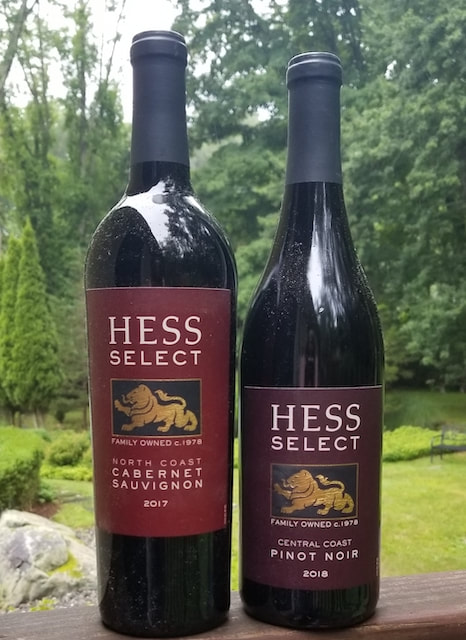
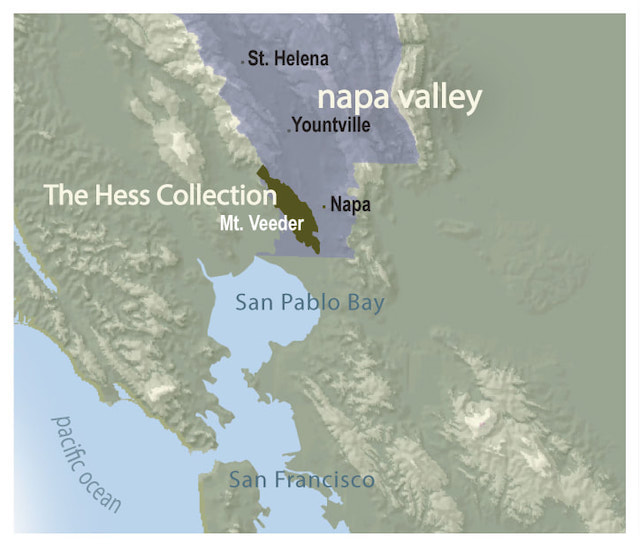
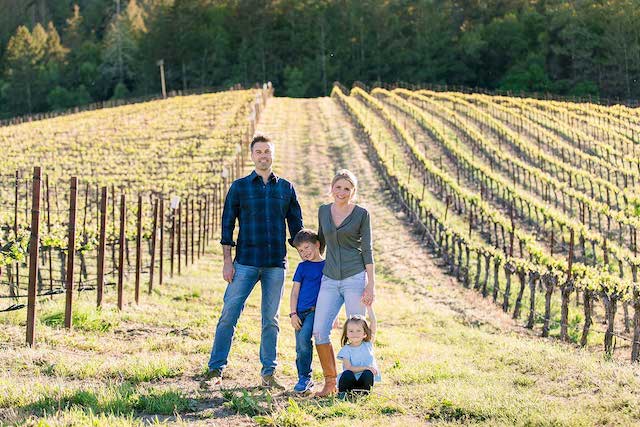
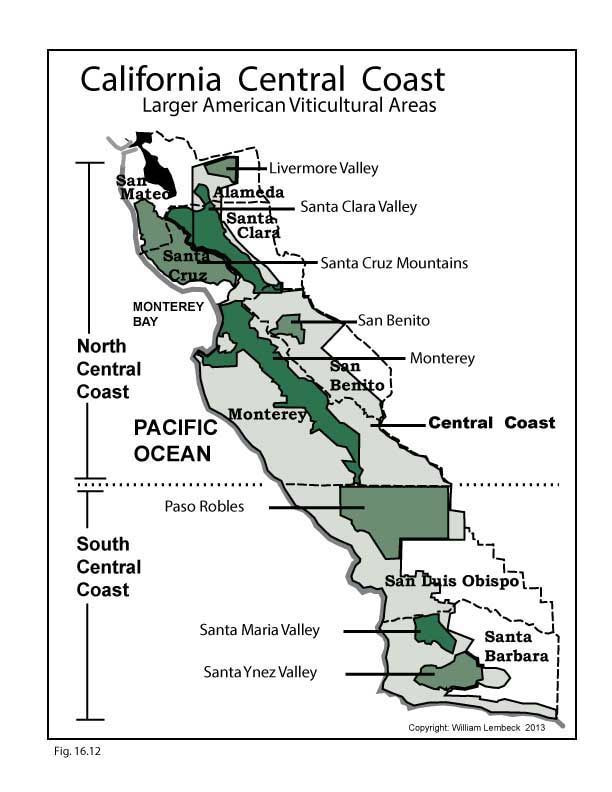
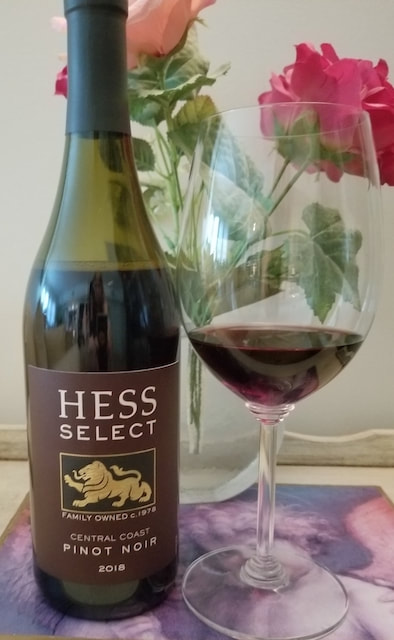
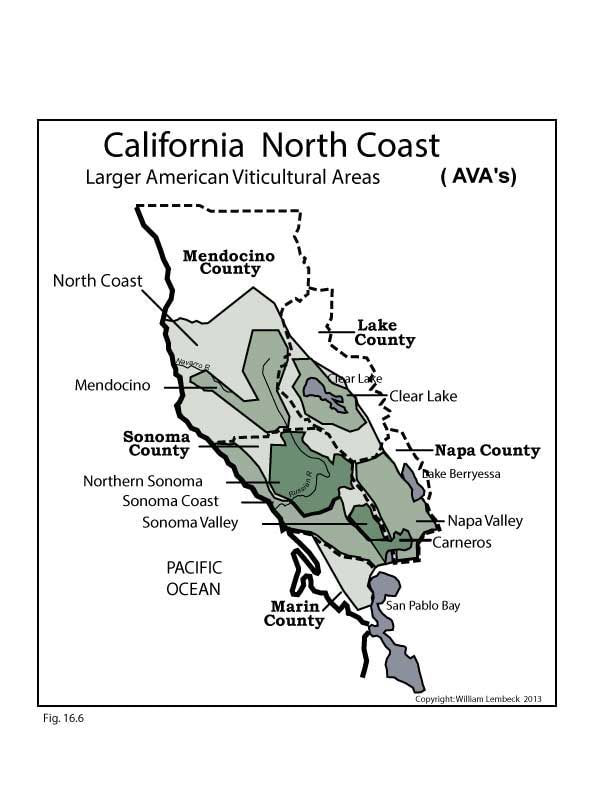
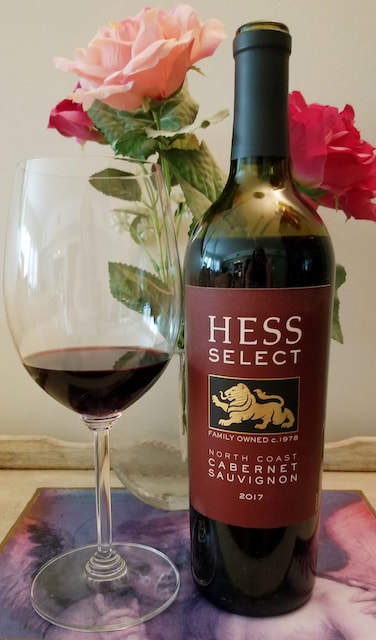
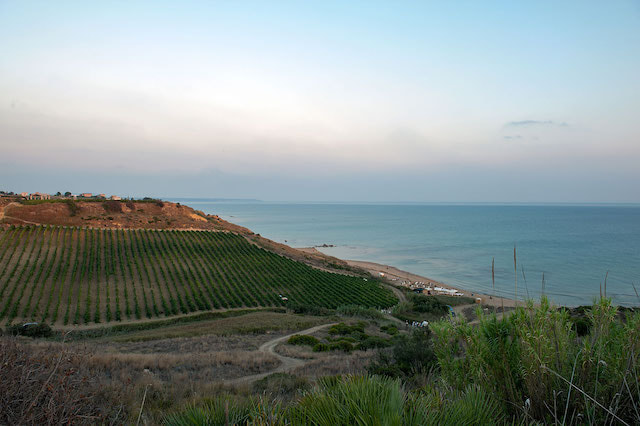
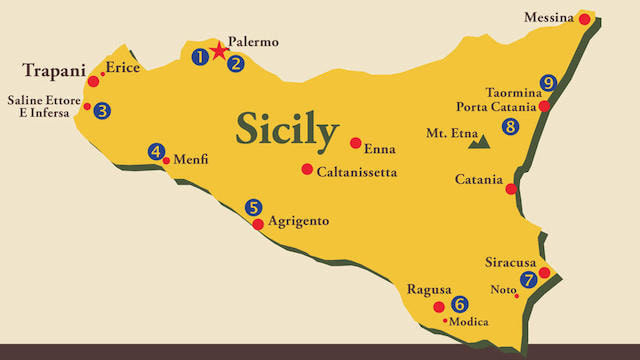
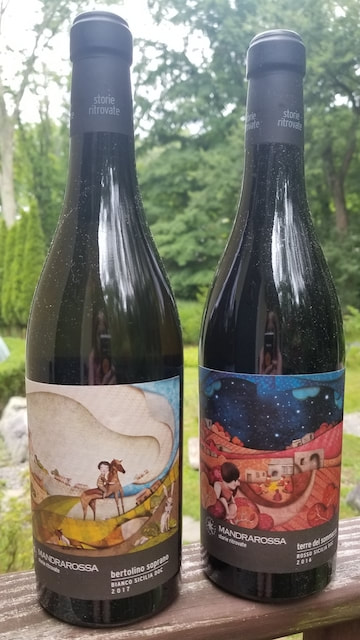
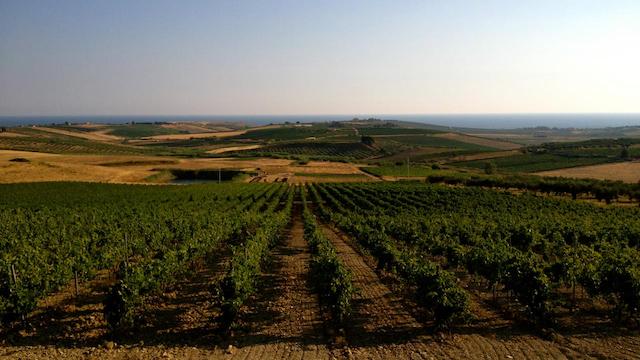
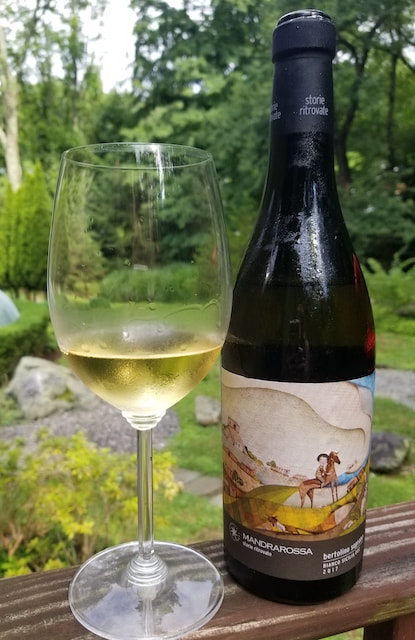
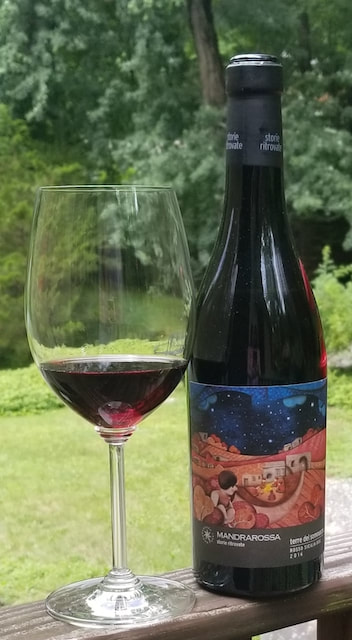
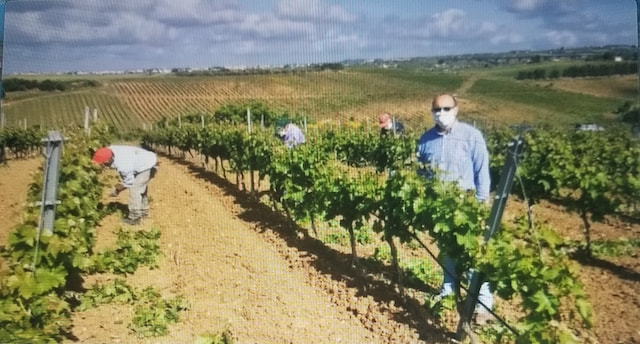
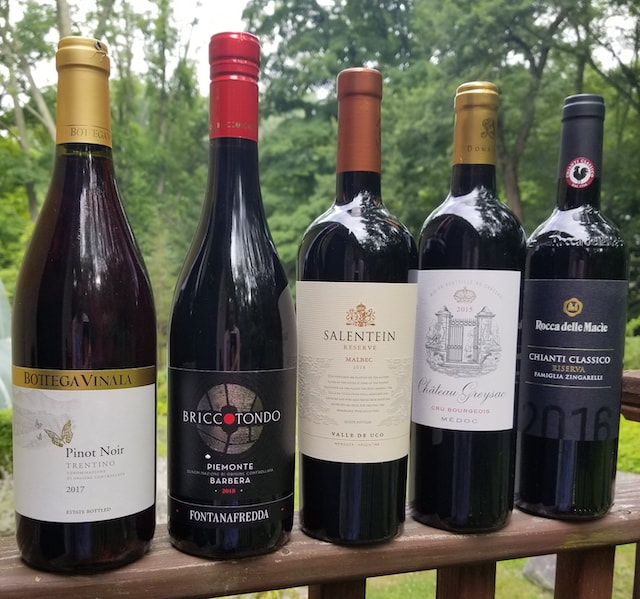
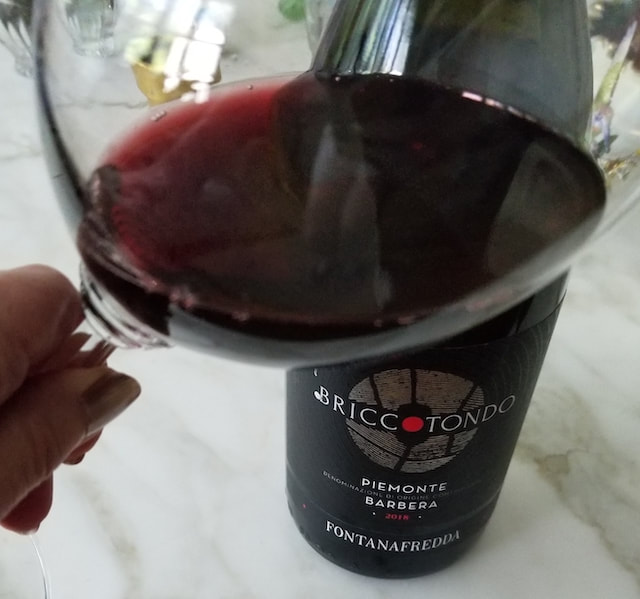
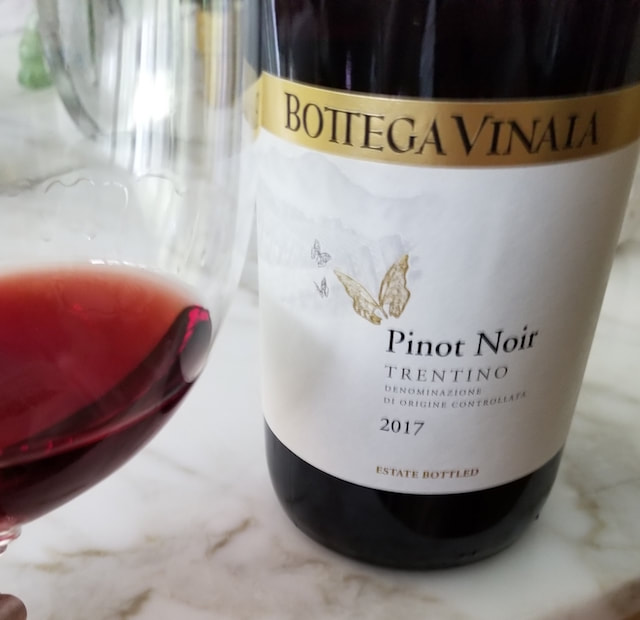
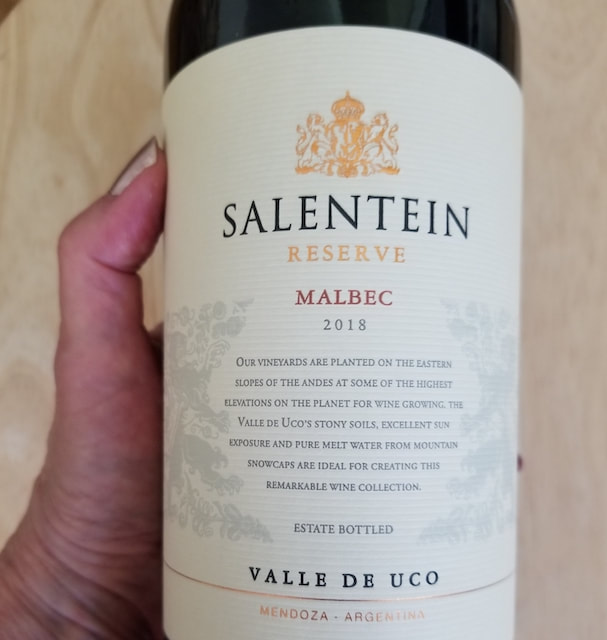
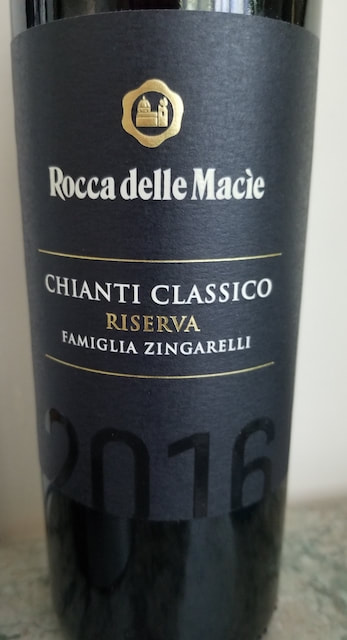
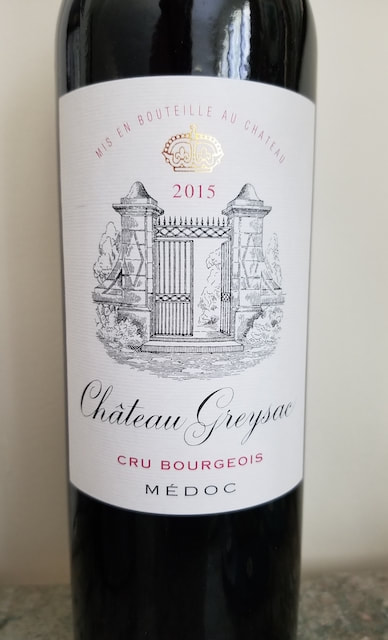
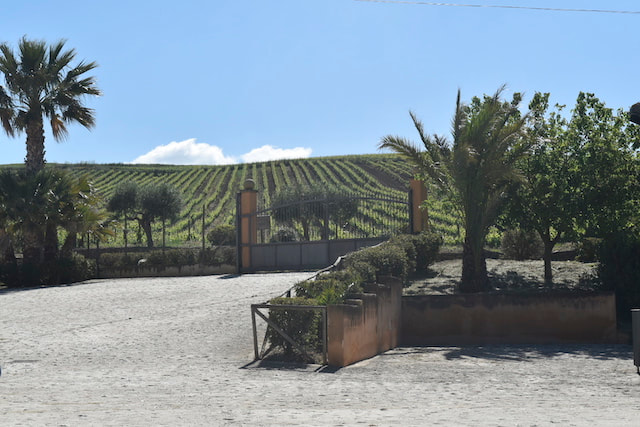
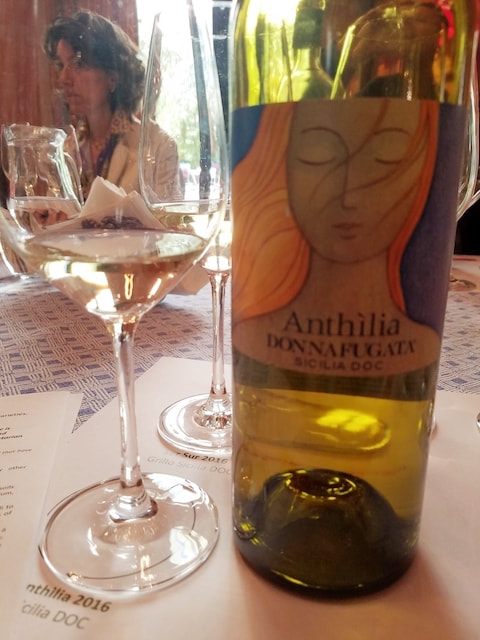
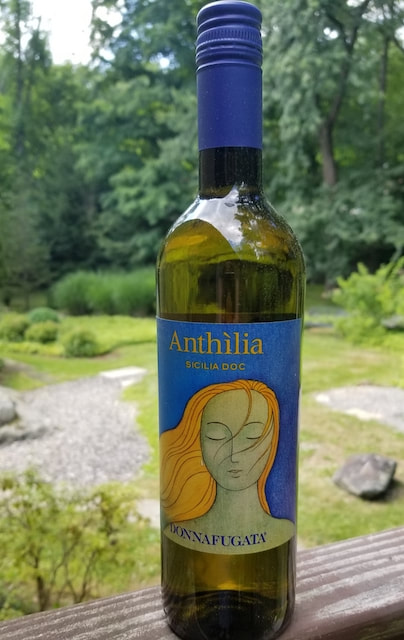
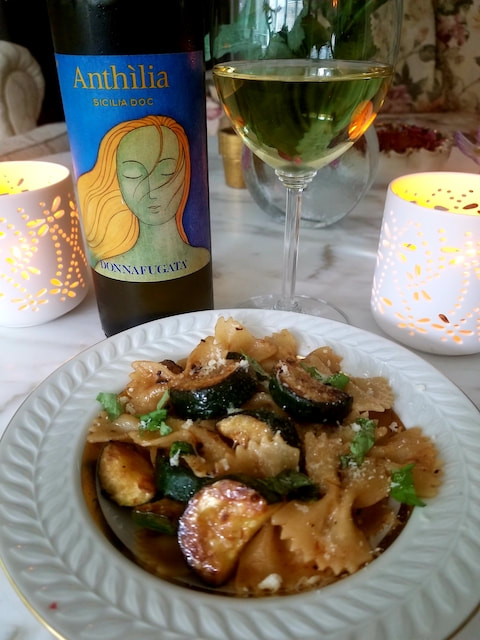
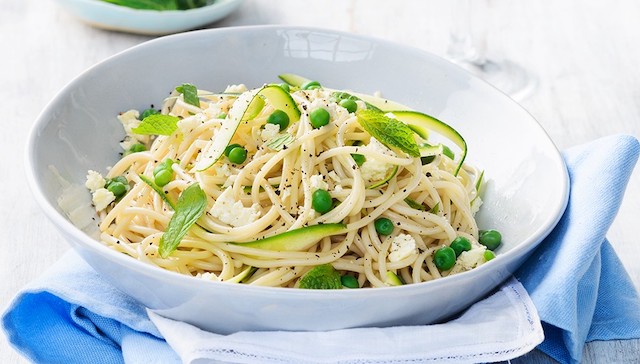
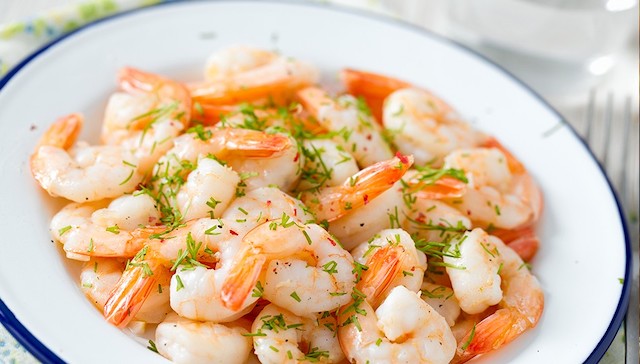

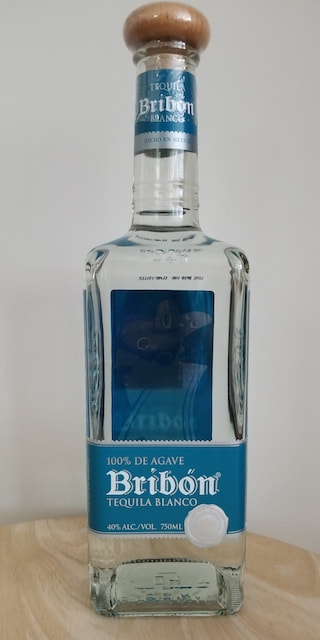
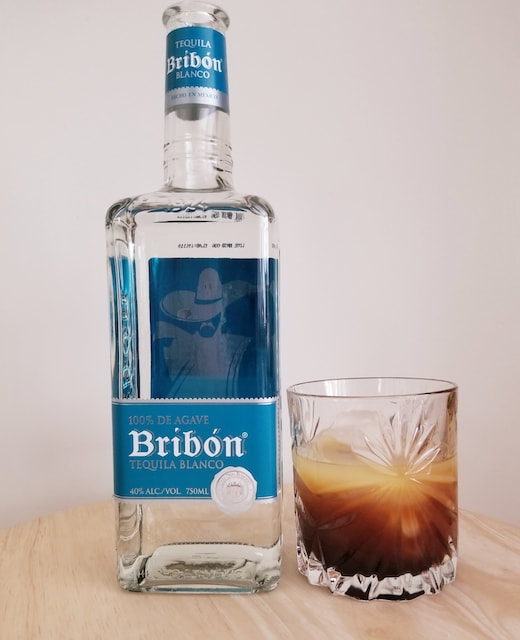
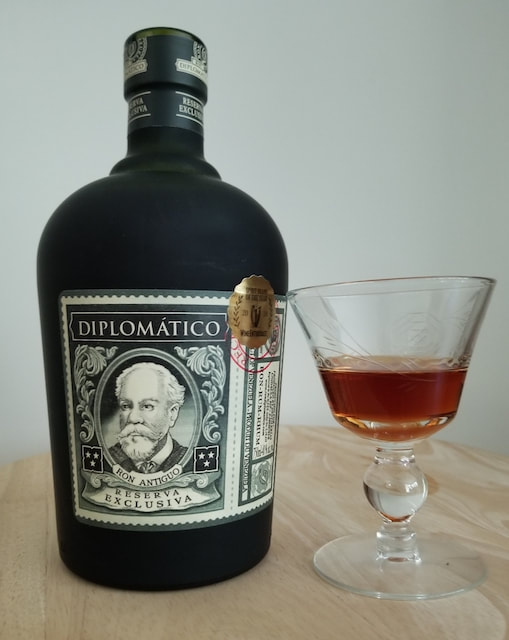
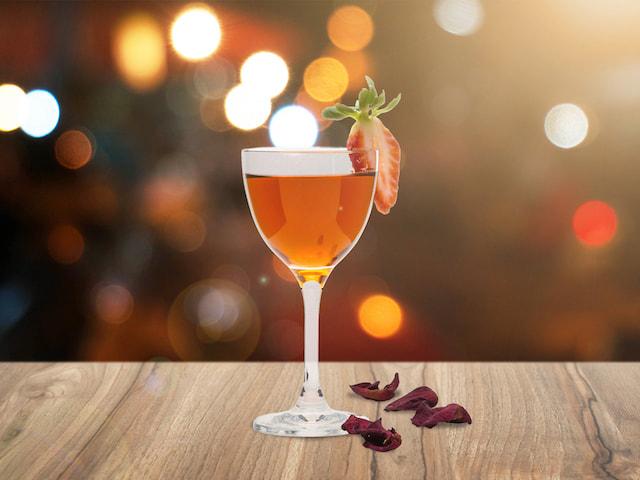
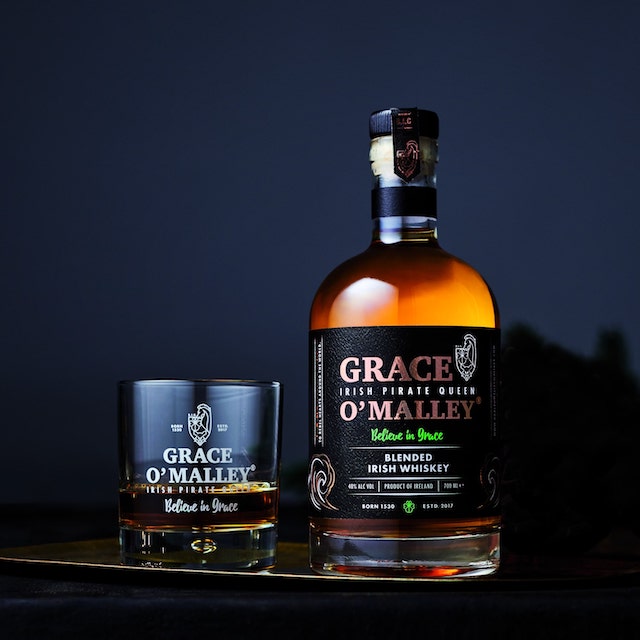
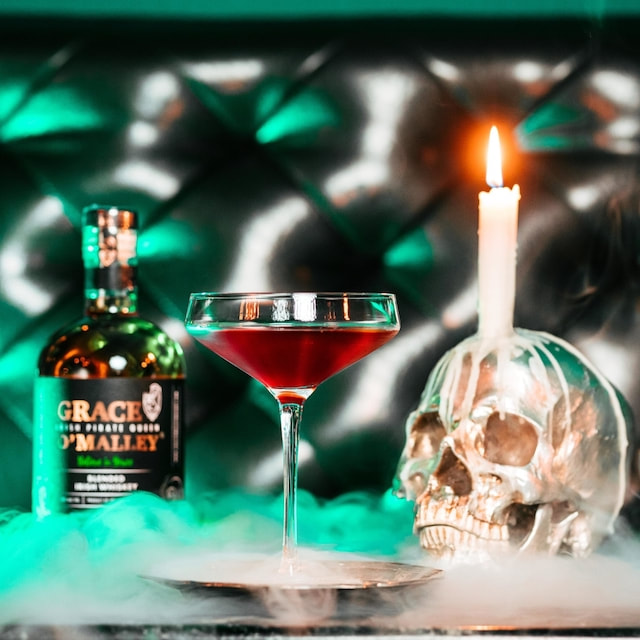
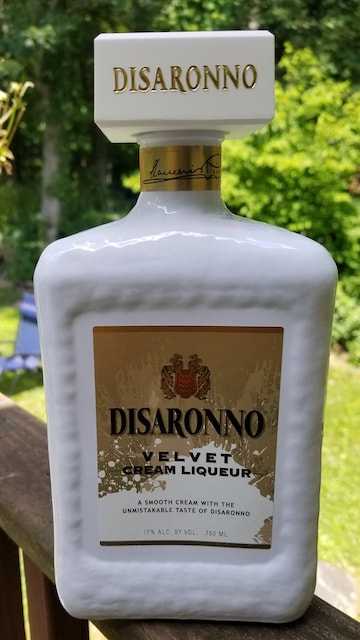
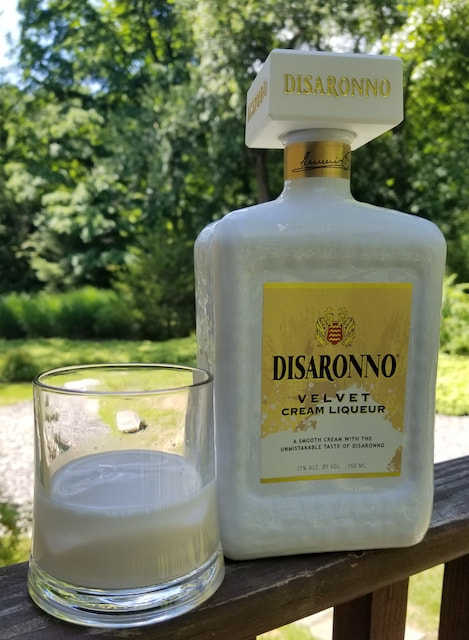
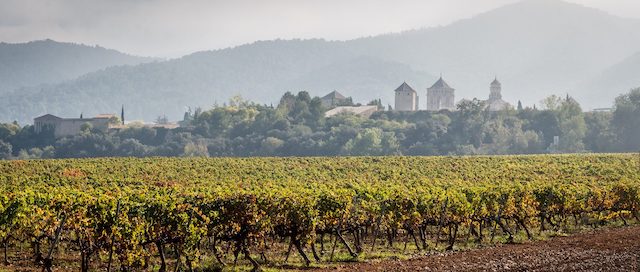
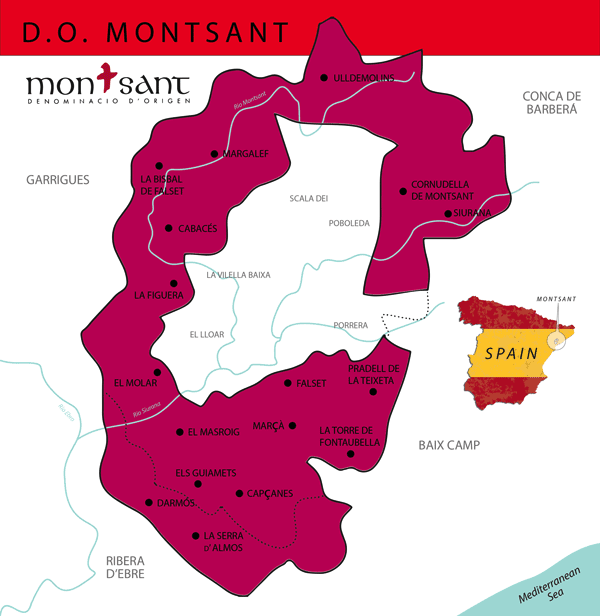
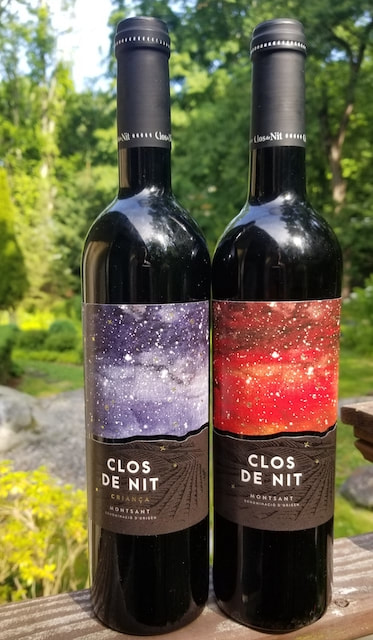
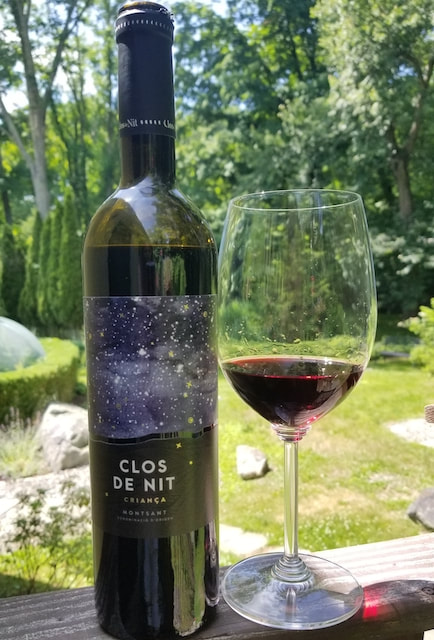
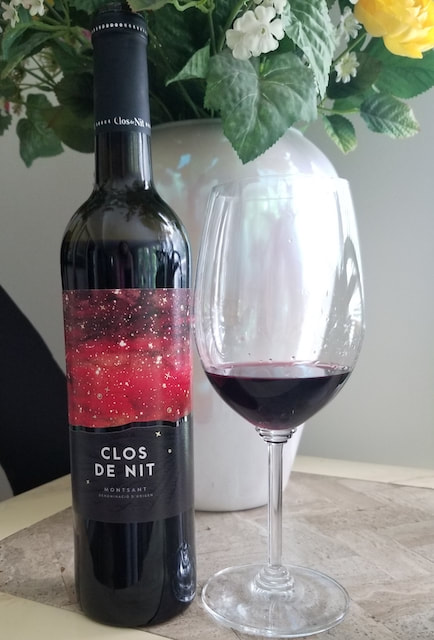
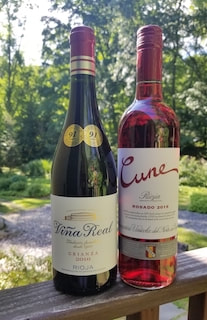
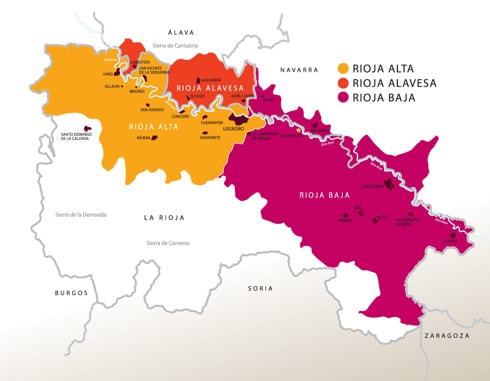
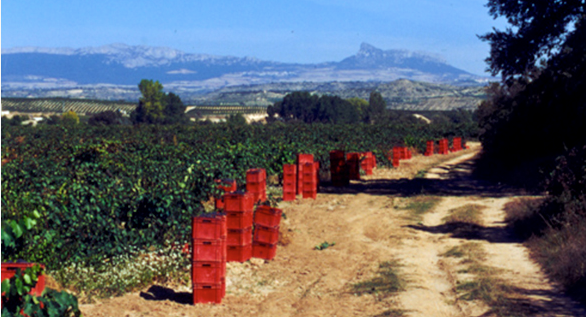
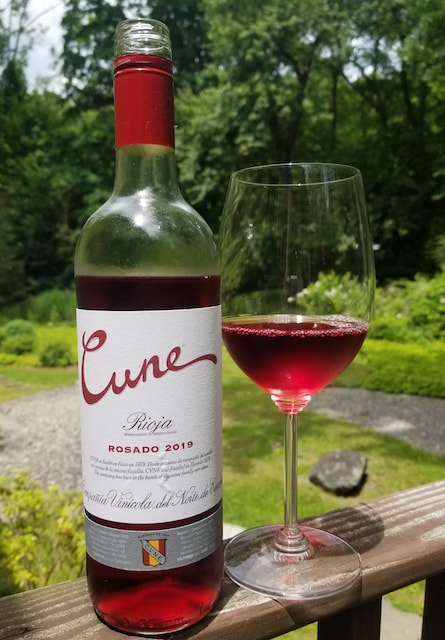
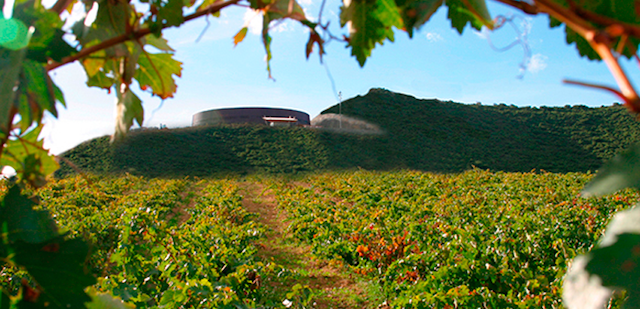
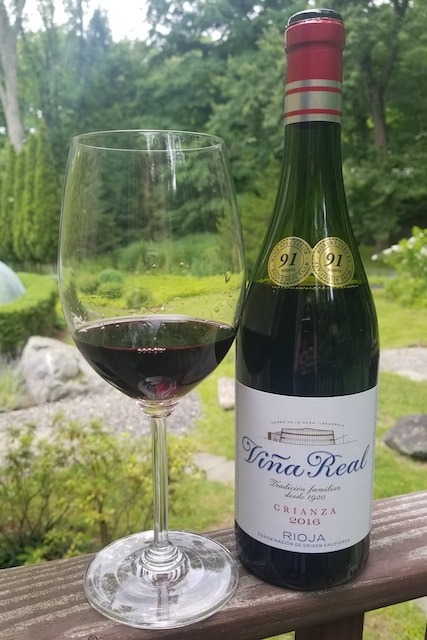
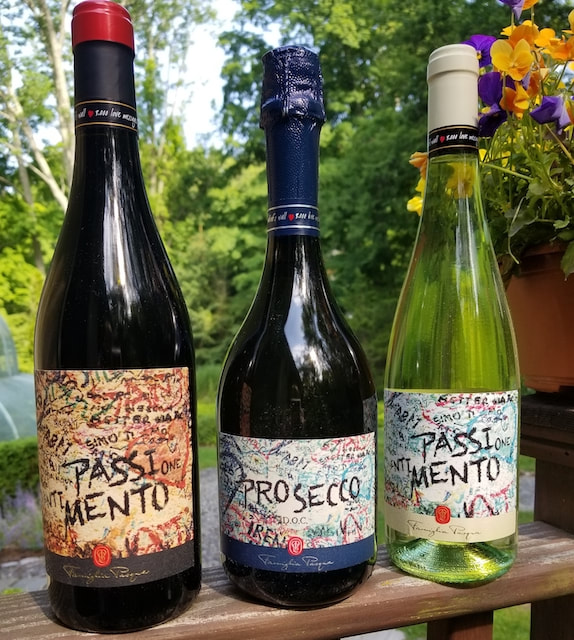
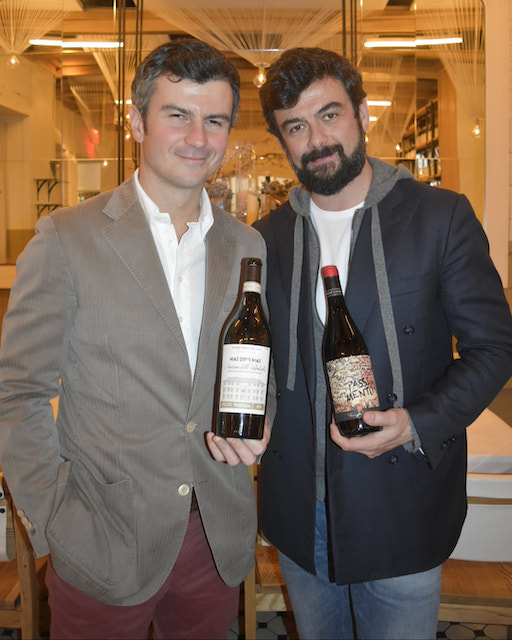
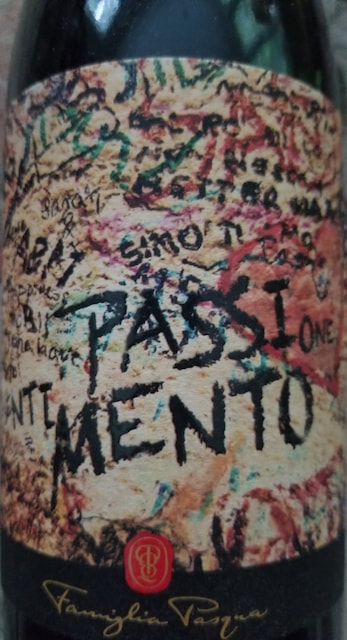
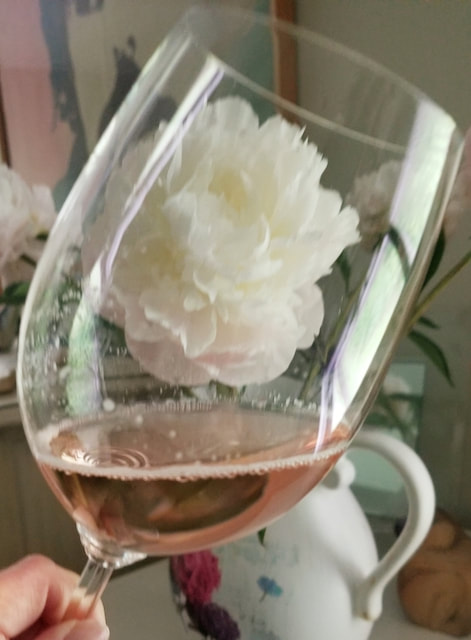
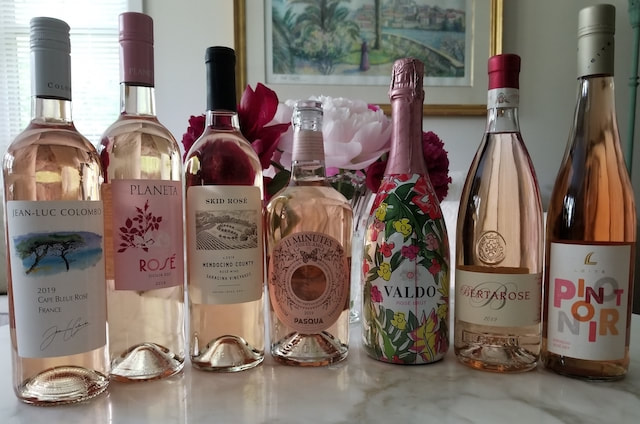
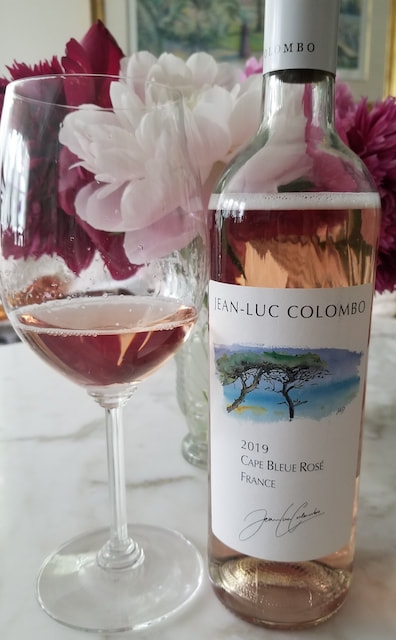
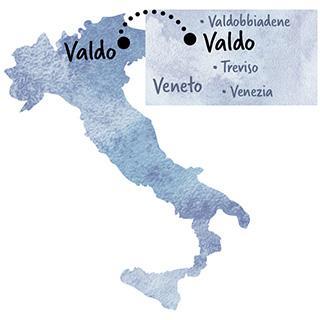
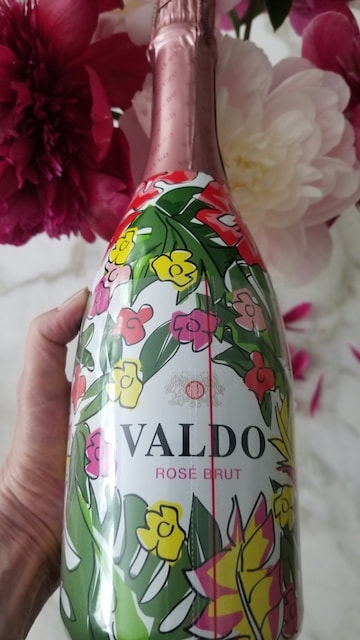
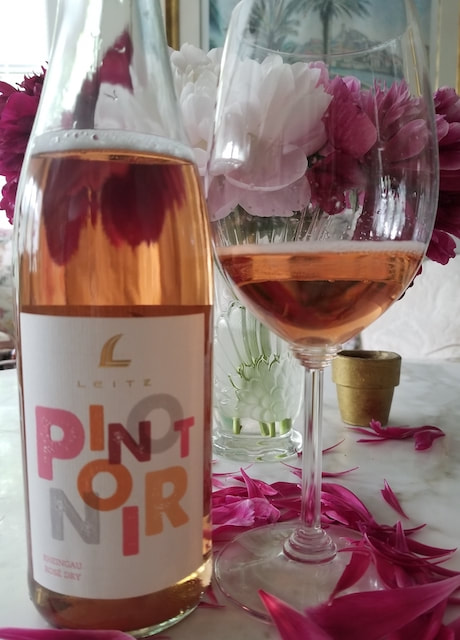
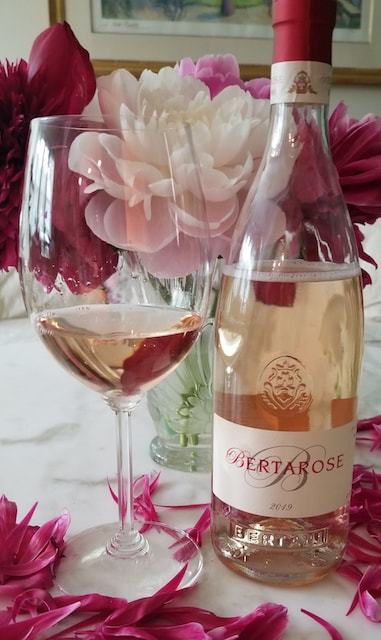
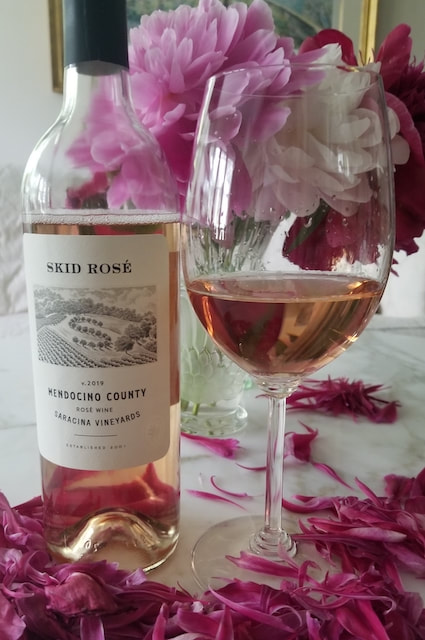
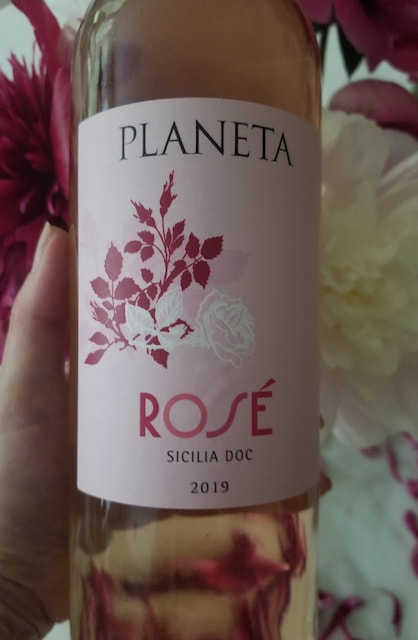
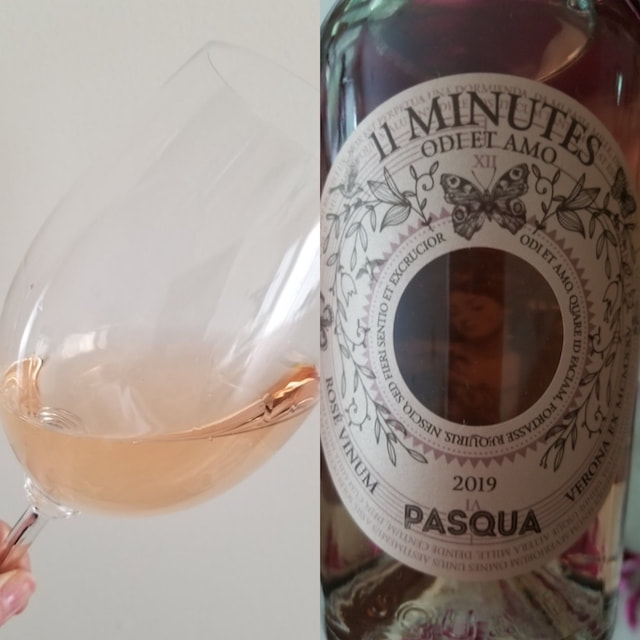
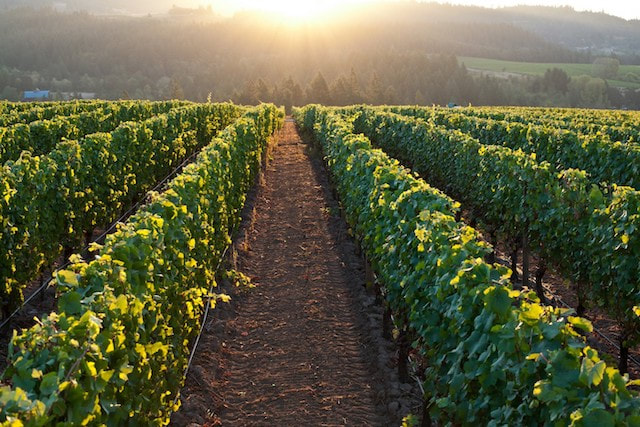
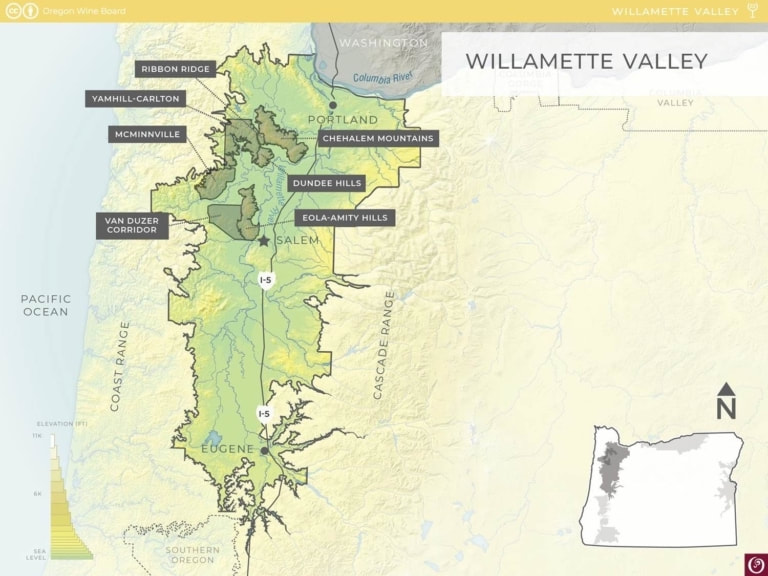
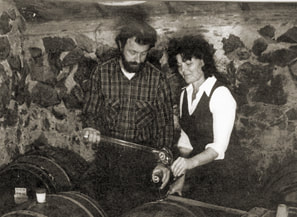
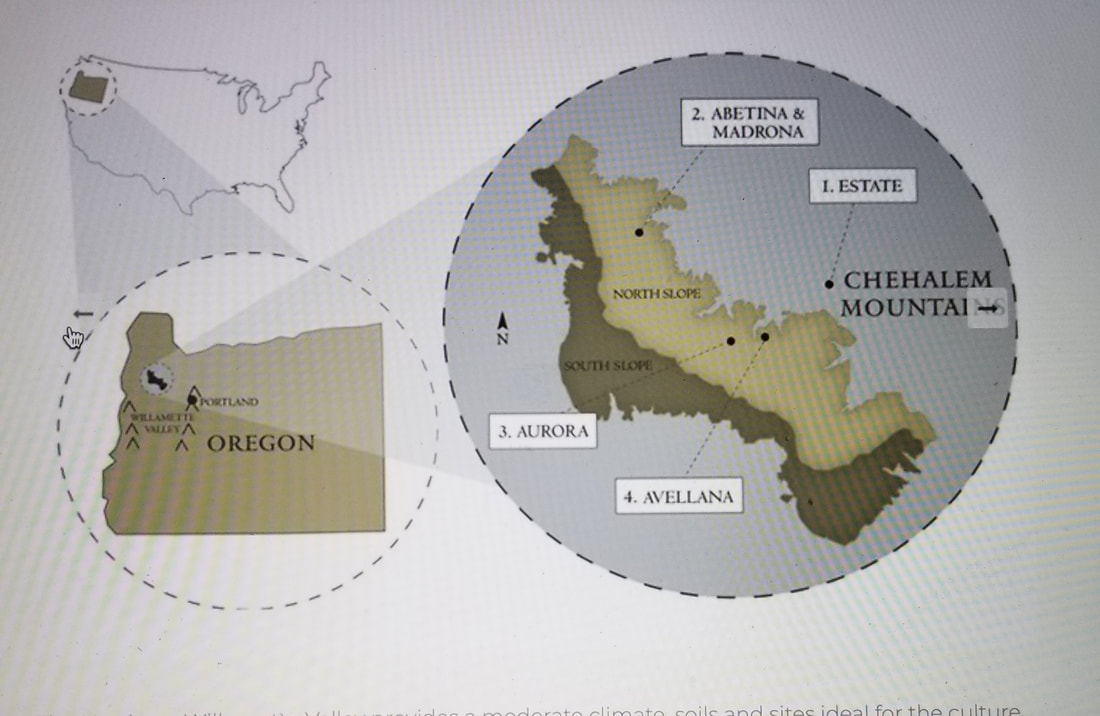
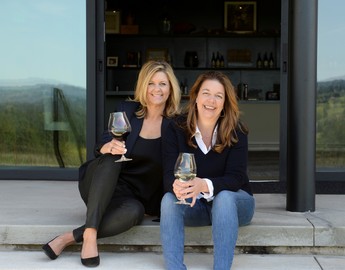

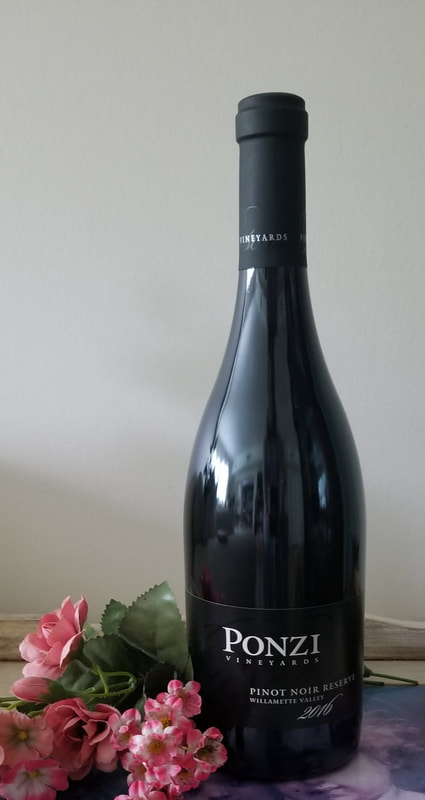
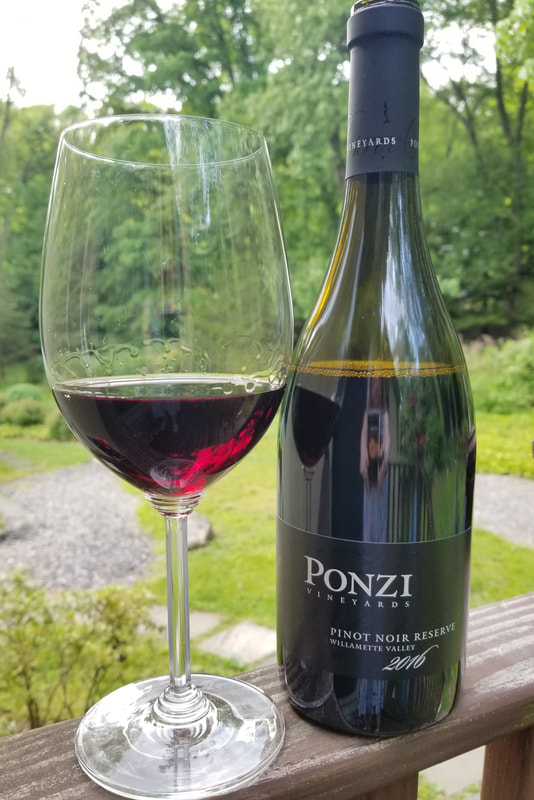
 RSS Feed
RSS Feed